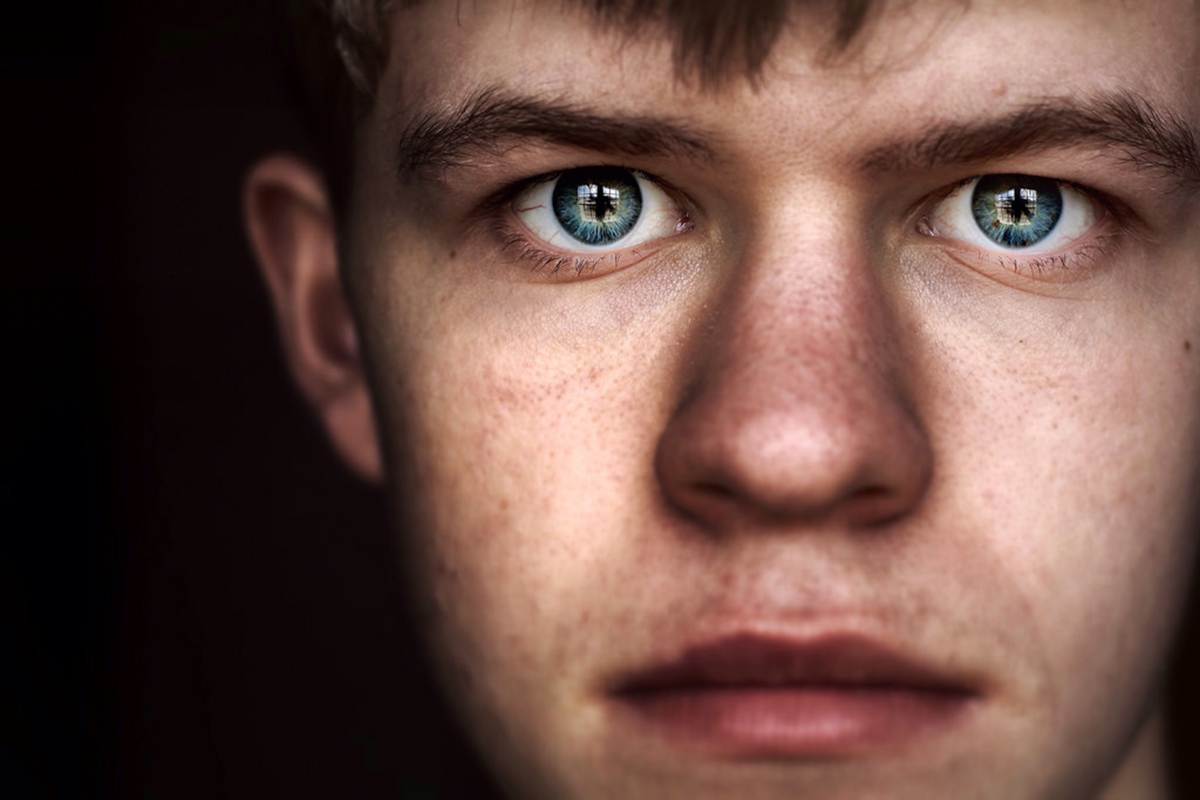For some strange reason, scientists have never discovered what exactly causes stuttering.
We know that stuttering, also known as stammering, is a speech disorder in which words, sounds and syllables are prolonged or repeated, thus disrupting the normal flow of speech. This speech disorder can be associated with struggling actions, such as rapid eye blinks or tremors of the mouth. It can’t be controlled and may be provoked by negative emotions such as embarrassment, fear, anger and frustration. Stuttering usually occurs in childhood between the ages of three and eight, but it can affect people of all ages.

The prevalence of this disorder is about one percent of the world population, a number that rises to four percent in preschool and school populations. Stuttering it is more common in males than females. About 80 percent of children who stutter will outgrow this disability as they age. Stuttering impacts a person’s social life by making it difficult to communicate with other people. However, most people can successfully live with this condition, as famous stutterers have demontstrated. Famous stutterers include Demosthenes, Claudius, Winston Churchill, Lewis Carroll, Charles Darwin and even Moses, according to the Talmud.
Types Of Stuttering
There are two types of stuttering. The first one is developmental stuttering, which occurs in young children while they are still learning language and speech skills. Scientists consider that developmental stuttering is a hereditary condition, and they discovered three isolated genes which are responsible for stuttering. The second one is neurogenic stuttering, which may occur after head injury, strokes, and brain infections such as meningitis or encephalitis which can cause motoric disorders in the nerve system.
Theories That Explain Stuttering
Over the centuries there were many theories about the origin of stuttering. Theories have gone from biologic to psychological to behaviorist and back to a combination of all three. The exact cause of stuttering remains unconfirmed but it is, no doubt, multifactorial. In ancient Greece, the widespread belief was that stuttering is caused by dryness of the tongue, while in the 19th century, abnormalities of the speech apparatus were thought to be the origin of speech disorders.
READ Aphasia Speech Disorder: Understanding the Language of Aphasia
In the 20th century, stuttering was thought to be a psychogenic disorder, so treatment was generally based on cognitive behavioral therapy, psychoanalytical approaches and parent-child interactions. Later studies, however, showed that these psychological patterns were not consistently associated with stuttering.
More probing modern investigations are now looking into the brain of stutterers. These pioneering studies offer an entirely new view on this centuries-old enigmatic condition.
Multiple Modern Theories Of Stuttering
Stuttering was also thought to be a symptom of mental disorders such as neurosis and anxiety. Comparison studies have found that people who stutter are not more neurotic than people who do not. Stutterers exhibit their difficulties only when they are involved in communication situations, while neurotics express their neurotic behavior in many other situations.
Talking about anxiety, stutterers did have higher anxiety levels, but the anxiety appeared to have developed as a result of the stuttering and so would not be considered a causal factor. However, it is likely that some individuals who stutter have a predisposition to develop anxiety.

A recent study investigated temperamental factors in children who stutter. Compared to normally-fluent children, children who stutter were less adaptable to new situations, less distractible, and less regular in daily physiologic functions. The study concluded that “temperamental features could possibly contribute, in some unknown way, to the beginning and development of stuttering”.
Behavioral studies showed that parents who overreact to the normal disfluency of their children may be one causative factor. Kids who are afraid of negative parental reactions attempt to avoid this disfluency, and stuttering can develop as a result of this struggle. Another behavioral concept, called the approach–avoidance concept, suggests that the desire to communicate collides with the desire to avoid speech anxiety, which may be as a result of prior negative experiences with stuttering.
Biological theories suggest that stuttering may be a form of dystonia – a convulsive condition caused by the parts of the brain that are responsible for language production. Another theory suggests that the origin of stuttering may be the dysfunction of the basal ganglia, the part of the brain which is involved in the control of a movement, and a disorder of neural links and neurotransmitters levels such as dopamine, that has been also linked with other similar conditions such as Tourette syndrome, characterized by motor and vocal tics.
Stuttering Is Linked To Rhythm Perception Deficiency
The newest findings are linking stuttering with a condition known as rhythm perception deficiency. Scientists have found that children who stutter have difficulty identifying a beat in music rhythms, which could be a reason for their staggering speech patterns. The study showed that children who stuttered also had difficulty identifying similar and Differing rhythms.
READ Dyscalculia: When Math Simply Doesn't Add Up
This is the first study that connects stuttering with a deficiency of rhythm perception. In other words, it seems that stutterers "don’t have an ear" for rhythm and music. McAuley, a professor of psychology said: "That's important because it identifies potential interventions which might focus on improving beat perception in children who stutter, which then might translate to improved fluency in speech." According to this finding, stutterers should train beat perception and maintainance with a metronome. It is believed to be critical for normal speech because it serves as a pacing signal.
- Christian Büchel and Martin Sommer (2004). What Causes Stuttering? PLoS Biology, 2(2): e46
- Nicoline Grinager Ambrose (2004). Theoretical Perspectives on the Cause of Stuttering. Contemporary Issues in Communication Science and Disorders (CICSD) 31:80-91
- National Institute on Deafness and Other Communication Disorders (2010). Stuttering NIH Pub. No. 07-4232.
- Photo courtesy of Joybot via Flickr: www.flickr.com/photos/joybot/7900631200
- Photo courtesy of RJohn123 via Flickr: www.flickr.com/photos/william1979/16665618118
- www.ncbi.nlm.nih.gov/pmc/articles/PMC340949/
- journals.plos.org/plosbiology/article?id=10.1371/journal.pbio.0020046#references
- www.asha.org/uploadedFiles/asha/publications/cicsd/2004STheoreticalPerspectives.pdf
- www.nidcd.nih.gov/health/voice/pages/stutter.aspx
- www.sciencenewsline.com/articles/2015051922310042.html


Your thoughts on this